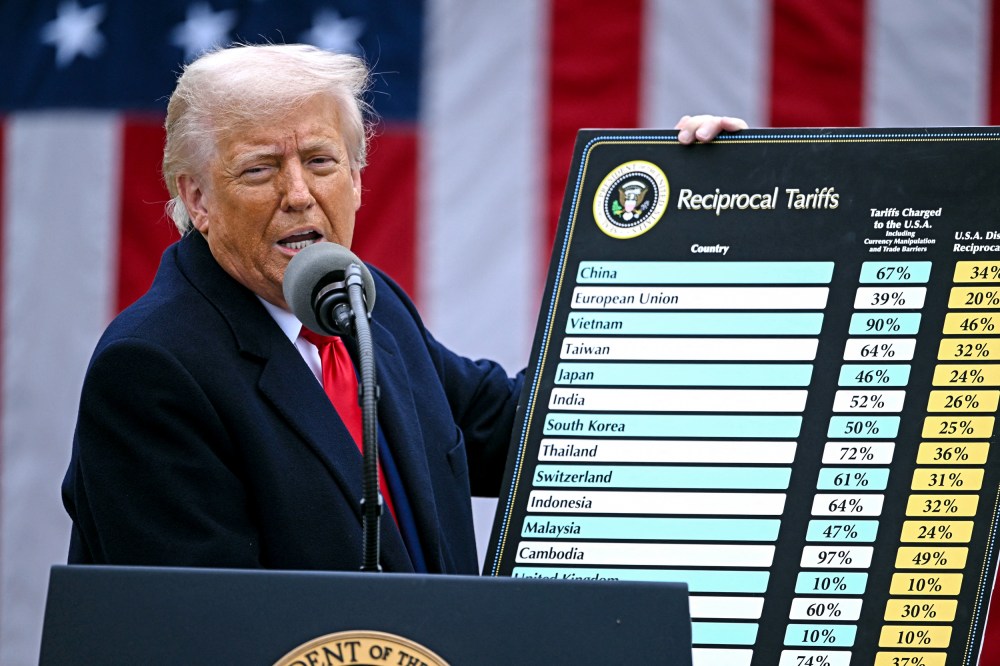It’s the mark of an influential president that economists attempt to distill their various policies into a coherent school of thought.
Reaganomics meant trickle-down tax cuts and tight monetary policy; Clintonomics focused on fiscal discipline and free trade; and Obamanomics meant middle-class tax credits and expanded access to health care.
Then there’s President Donald Trump, whose policies don’t fit neatly into a straightforward explanation.
In his first term, Trump stuck to standard conservative fare of tax cuts and deregulation. Despite vowing to fight for America’s “forgotten men and women,” his $1.9 trillion tax cut package largely benefited top earners and multinational firms. His most dramatic innovation was reviving the use of tariffs and threatening trade wars, but he mostly backed down in favor of tinkering with a free trade deal with Canada and Mexico.
But if Trumponomics 1.0 was a slightly more bellicose version of trickle-down economics, it’s clear that his second term is a much different animal. One that’s broken free of its cage.
So far this year, Trump has enacted tariffs on nearly every country on the planet; started major trade wars with China, Canada and Mexico; and launched an enormous deportation campaign with still-unfolding consequences for industries such as farming, construction and hospitality. The Republican megabill that includes most of his domestic agenda would slash taxes for the wealthy and cut benefits for the poor, while massively increasing the national debt.
It’s a mess of contradictions.
What Trumponomics engineered so far is an economy divided by itself, with promises to accelerate expansion using new revenue sources like tariffs that directly hit that same growth. It’s a mess of contradictions.
Trump has a taste for lobbing attacks at Republicans who annoy him. But he’s also pursuing the most aggressive version of standard GOP economic policy in decades. He broke with Republican orthodoxy in 2016 by vowing to protect Social Security, Medicare and Medicaid. But the Elon Musk-led DOGE effort sought to make it harder to access Social Security benefits, and his “big beautiful bill” would add new hurdles to Medicaid.

The central animating belief of Trumponomics is that working-class Americans are being cheated by other countries, immigrants and bureaucrats. To that end, his policies seek to punish other countries, kick out immigrants and fire federal workers. But they also do little to help those same working stiffs and, by cutting programs that do, leaving them worse off overall.
Trump and his allies have targeted the “administrative state,” arguing that the federal government has abused its power, but they’ve also sought a dramatic shift toward centralizing economic policy — among other powers — in the White House, testing the guardrails of American democracy and adding an unpredictable element to every decision.











